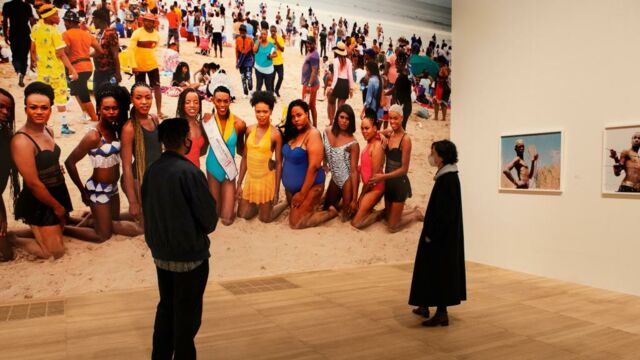What better way to start off LGBTQI+ visibility month than by treating yourself to Zanele Muholi’s exhibit at Tate Modern. The activist and visual artist’s works are showcased at the infamous London venue until the end of May. They explore the everyday lives of queer communities by removing them from narratives of victimhood.
Discover our latest podcast
An intimate look into South Africa’s LGBTQI+ community
Born and raised in South Africa, Zanele Muholi holds a Master of Fine Arts Degree in Documentary Media from Ryerson University in Toronto. With this background, they like to describe themselves as a visual activist rather than an artist. In this regard, the subjects rather become participants of a mutual project that is faithful to the reality of queer individuals.
Embedded in this LGBTQI+ community, Muholi was able to capture a variety of unique portraits without a voyeuristic approach. Indeed, their works are praised as they wish to immortalise the beauty and grace of each person, instead of portraying a queer community that is often merely described as on the margins of society. Their photography tends to celebrate the lives of Black lesbian, gay, transgender, and intersex communities through a personal lens.

Embedding of the self in unknown physical spaces
This personal approach is characterized by immortalising the participants in their homely surroundings. The images bear no artifacts as a means to create a truly authentic image, close to reality. As Muholi’s worldwide popularity increased, they further chose to document their own existence as a queer person.
Somnyama Ngonyama is a series of self-portraits that the visual activist debuted in 2012. The aim of this series is to explore their own presence in spaces that are historically white. According to the words of Kerryn Greenberg, the curator of this exhibit, these photos are 'self-projections, rather than self-portraits.' According to her, Zanele Muholi unapologetically explores multiple identities, proving that Black individuals also hold power to construct narratives.
















